If you’re remodeling your bathroom and don’t know where to start when it comes to decorating the walls and floors, consider ceramic tiles. This incredibly popular material is used in bathrooms all over the world because of its good combination of functional and aesthetic benefits. Today, we will examine a few of the numerous reasons why ceramic tiles are ideal for bathrooms.
They are resistant to water.
Due to the inherently wet and humid conditions associated with this area of the home, bathroom tiles must be water-resistant. Thankfully, the protective layer on glazed ceramic tiles makes them water- and stain-resistant. This will come in useful while scrubbing the bathroom walls or floors with soap and water, when the bathroom becomes steamy after a bath or shower, and when the bathroom floor becomes moist.
They are sturdy.
In contrast to other types of tiles, ceramic tile flooring is exceptionally durable and will not break under typical use (and many other flooring alternatives). It is not surprising that ceramic is a popular material for bathroom floor tiles, considering that properly installed and cared-for tiles may last 10 to 20 years. Even better, if one of your tile’s fractures for any reason, it is simple to replace only that one tile.
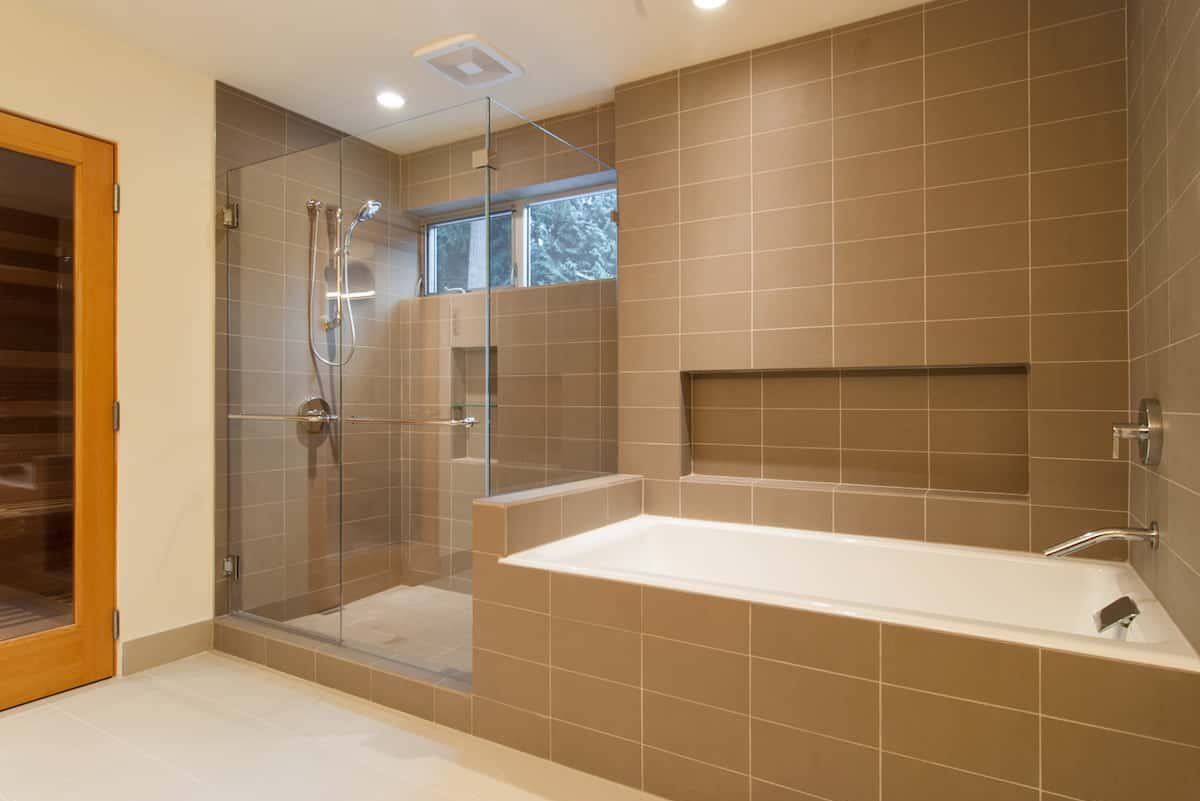
They require minimal maintenance.
Because they are simple to clean, ceramic tiles are simple to maintain. Liquids, filth, and other stains can be rapidly eliminated by wiping or mopping them away. Bathrooms, like kitchens, are more sensitive to stains and spills; thus, homeowners who wish to keep the bathroom’s attractiveness with minimal effort should place a premium on low-maintenance floor tiles.
They are affordable.
Ceramic offers a less expensive option to other tile materials, such as porcelain, without losing aesthetics or utility; nonetheless, ceramic is particularly cost-effective in terms of the value it brings to your bathroom over time. Due to the fact that ceramic tile may significantly increase a home’s market value, you can also enjoy a thrilling return on your investment in ceramic tile. The durability of ceramic bathroom floor tiles more than compensates for the initial and installation costs.
There are several design options available.
Ceramic tile offers a wide range of design options, from size and shape to color and surface treatment. Our variety makes it easy for any homeowner to choose bathroom tiles that complement their current color scheme and aesthetic vision.
Our collection includes wood-look, glossy white, metro brick, and encaustic-effect styles (among many more). We have options ranging from small 10cm x 10cm tiles to large format 60cm x 120cm options, so whether you’re looking for delicate mosaic tiles to add a pop of color to your bathroom or you’d like to create the illusion of more space with something a little larger, we have precisely what you’re looking for.
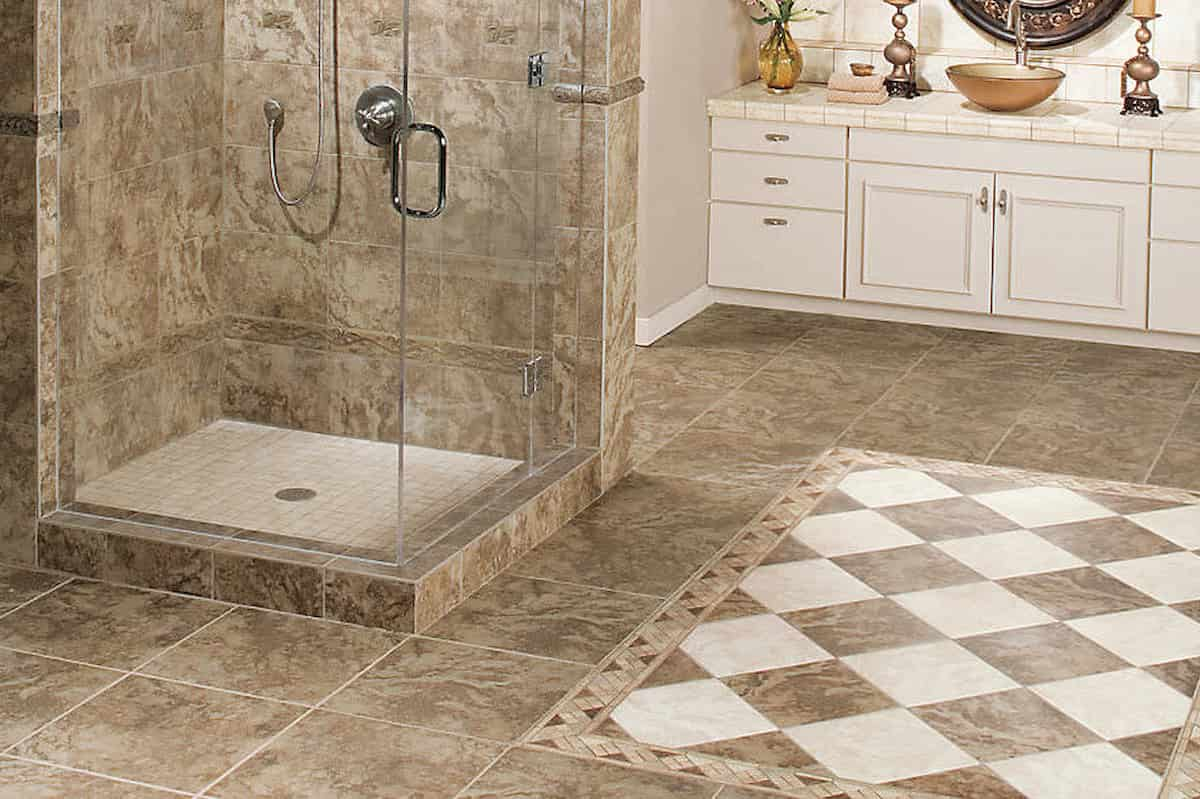
The bathroom tile collection is ideal if you like a natural style, as opposed to our Identity line, which features a distressed appearance and large rectangular forms to make a statement. As tile enthusiasts, it is imperative that we share our knowledge with you at home. There are a number of reasons why a given tile will match a particular home or area better than another. The contrast between ceramic and porcelain is a common topic of inquiry. As a consequence, we will conduct a side-by-side comparison for you today.
Ceramic vs. Porcelain
It is essential to consider the substrate you’ll be tiling on, the condition of the area, and the intended use of the tile when selecting one for your project, since these elements all influence the choice of the best material for your home. We will discuss some of the distinguishing characteristics between porcelain and ceramic.
- how they are made
- Durability
- Maintenance
- Slip-resistant and water-resistant
- Cost
- the creative procedure
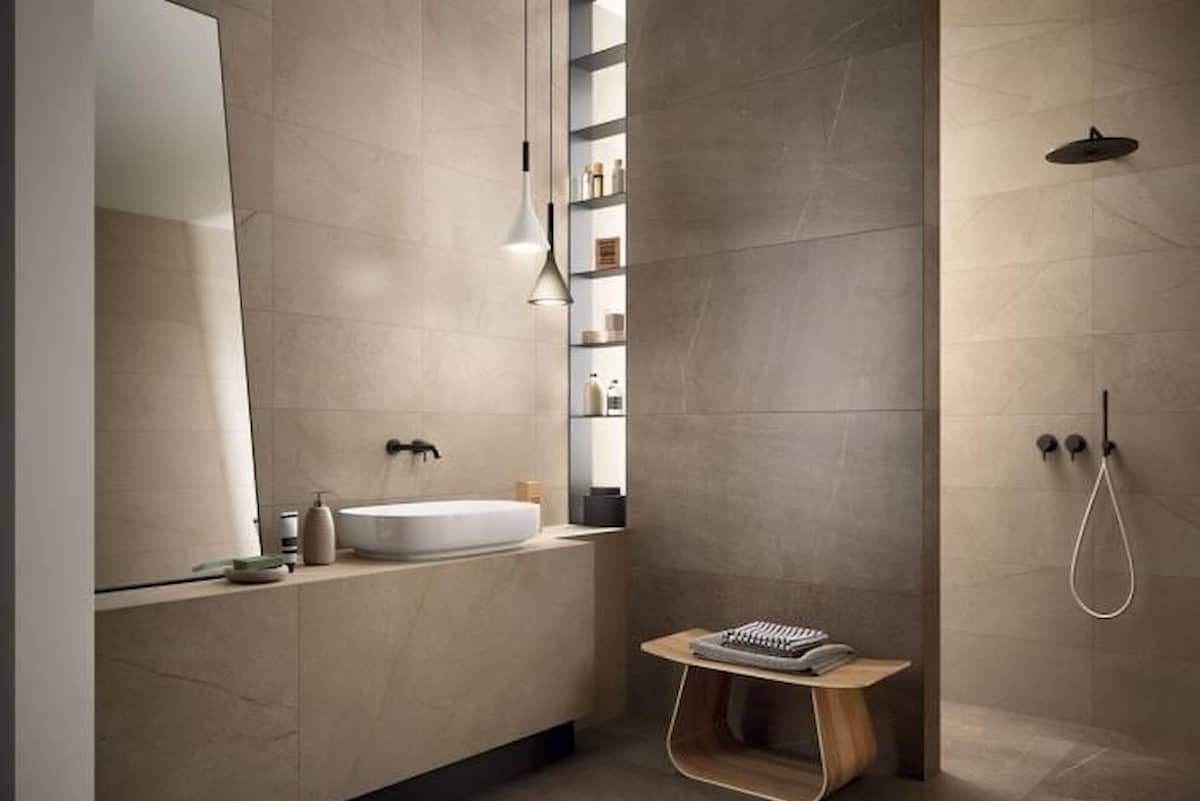
The primary difference between the two types of tiles is that they were manufactured differently. Both porcelain and ceramic tiles are created from a clay mixture, but porcelain is completed in a kiln at greater temperatures and pressures than ceramic tiles. As a consequence, the tile has fewer holes and crevices, which renders it less porous, stronger, and more durable over time. Choose a beautiful, durable, and budget-friendly material for the walls and floors of your bathroom by browsing the ceramic tile collection right away.
- DURABILITY
When comparing porcelain with ceramic tiles, it has already been established that porcelain is the more resilient material. Ceramics are nonetheless highly robust and resilient, therefore this does not imply that they are fragile. In places with extensive usage, such as the hallway or kitchen, where there may be a lot of foot activity throughout the day, porcelain tile is likely a better option. It is possible to rely on the durability of porcelain tile since it can sustain heavy furniture while avoiding breaking. Additionally, it works well with underfloor heating systems to provide a year-round pleasant atmosphere in your living rooms.
- Maintenance
Maintenance is a vital aspect of every home, but it is especially important for families with small children and pets. Most individuals rank easy floor cleaning at the top of their priority list. Therefore, which is simpler to maintain, porcelain or ceramic tiles? Once again, porcelain prevails.
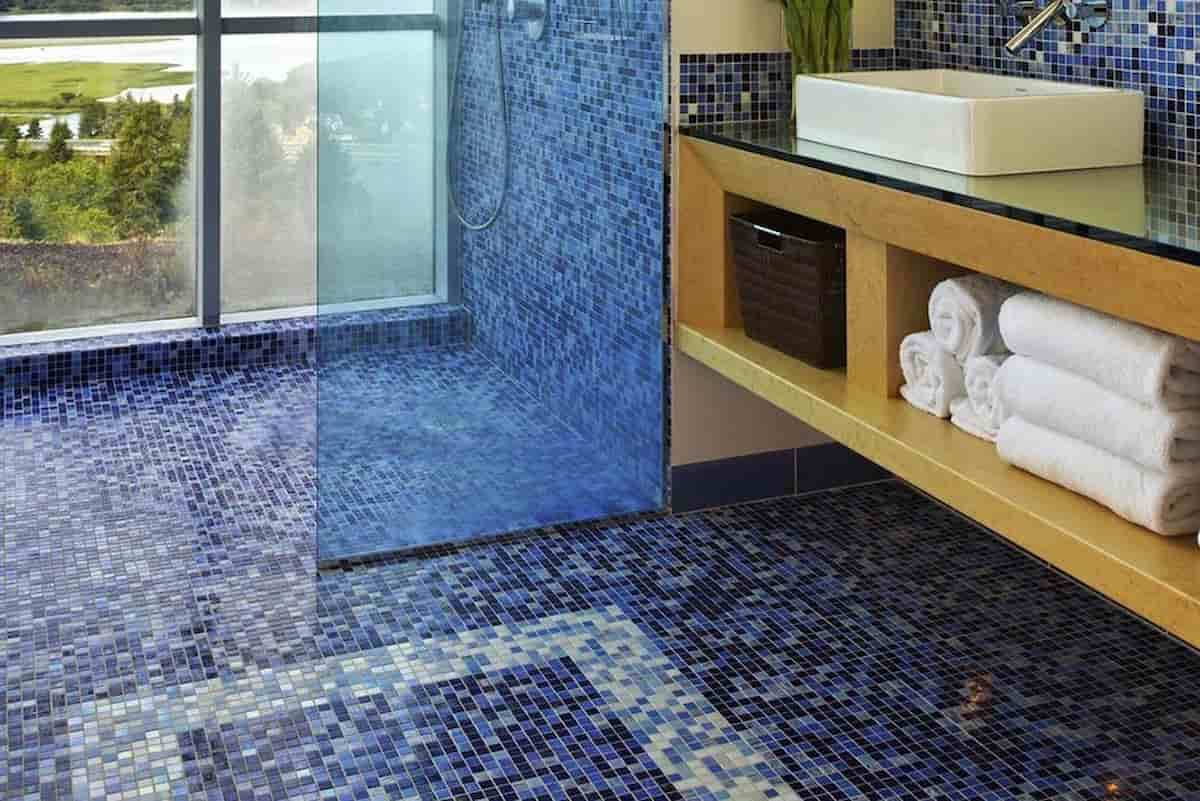
During manufacture, the majority of porcelain tiles are nano-sealed, which extends the durability of their surface protection. To maintain their pristine appearance, they only need to wipe them down with a neutral-pH cleaner and buff them dry. Even while certain ceramic tiles will need to be resealed, particularly those with a crackle effect, ceramic tiles are still easy to clean and maintain.
- Slip-resistant and water-resistant
If an area, such as a bathroom or wet room, experiences a lot of moisture, ceramic or porcelain are excellent options. In this instance, the choice between porcelain and ceramic tiles is a matter of aesthetic taste; neither material will fail in terms of water resistance.
It is essential to choose a tile with a high level of slip resistance for the bathroom floor so that it remains secure while wet. Porcelain should be used for this attribute. Examine the tile’s specific rating before making a decision. When tiling outdoor areas, porcelain is essential. Unlike porcelain, the tile does not absorb water due to its low absorption rate, protecting it from freezing and breaking in colder areas.
- COST
In conclusion, ceramic and porcelain costs can be compared, but they remain distinct. However, ceramic is likely to be the most cost-effective option. Additionally, the installation will be less expensive than purchasing the tile alone. Porcelain is a high-quality tile, but due to its weight and installation time, it is often more expensive. If you are on a strict budget, the least complicated design will take less time to produce, making it more inexpensive to be fitted. When preparing the budget for your project, don’t only consider the cost of the tile; also consider the substrate, adhesive, and grout, all of which must be of the finest quality.
If you want a tile that is easy to clean, durable, and opulent-looking, porcelain is an excellent option. Ceramic tile is more cheap, weather-resistant, and easier to install than other materials. To get the catalogs, please contact our sales managers.
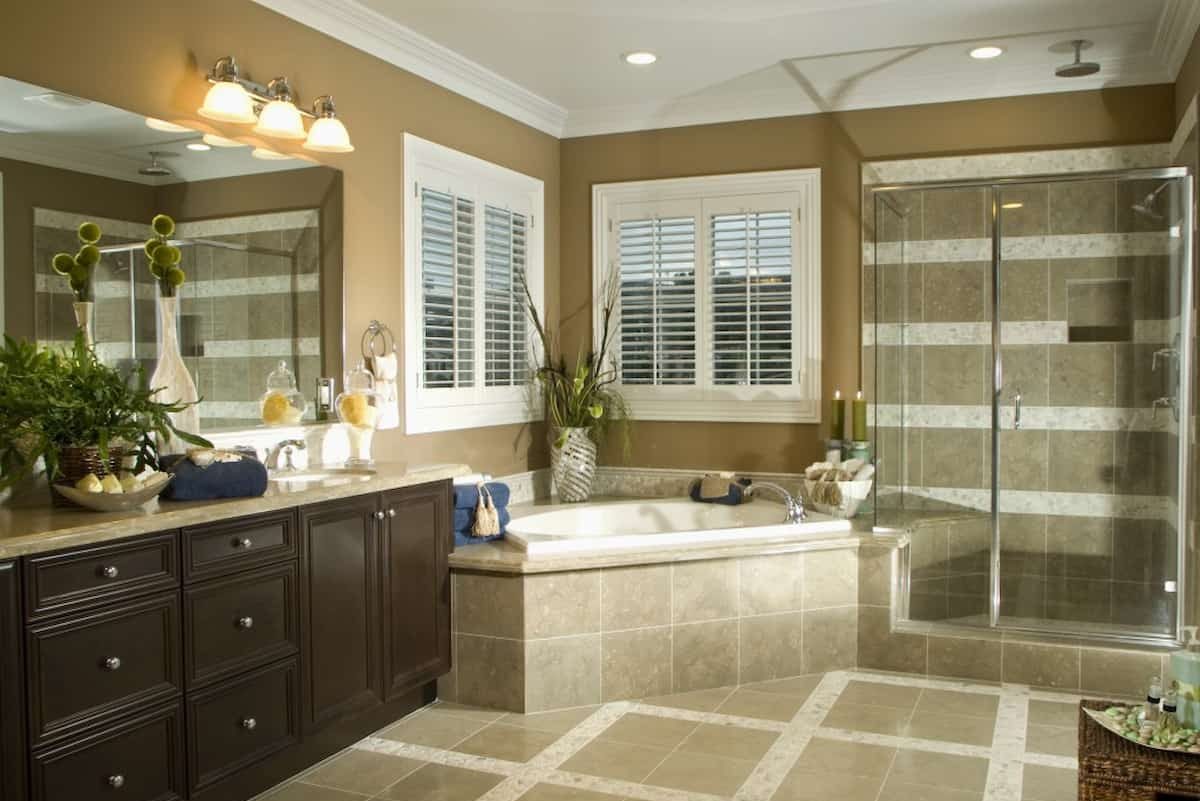











Your comment submitted.